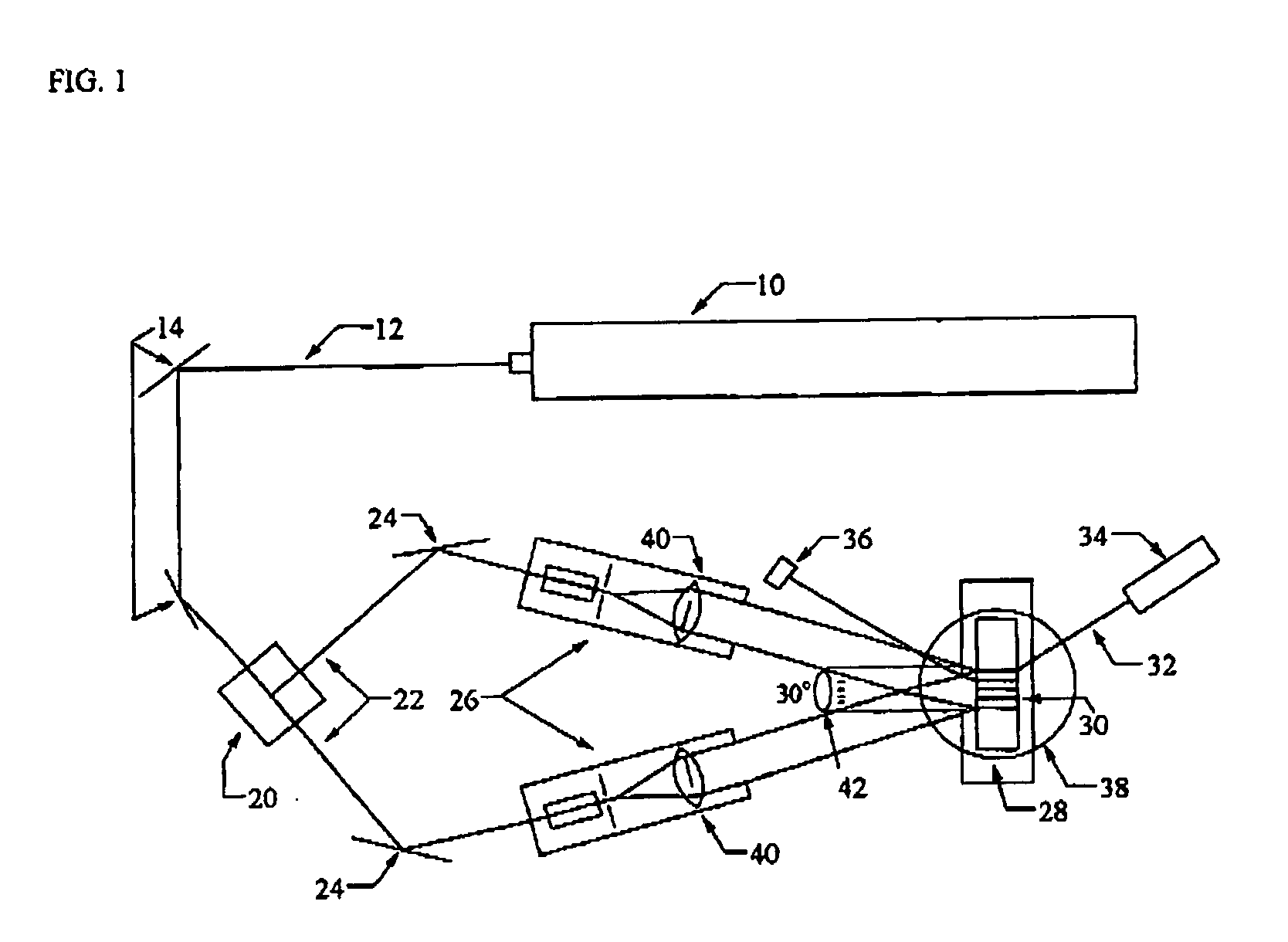Hologram recording method, hologram recording material, optical recording medium
a technology of optical recording medium and hologram, which is applied in the direction of optical recording/reproducing/erasing methods, photomechanical devices, instruments, etc., can solve the problems of hard discs, inability to replace, and low light diffraction efficiency or reflectance of amplified holograms, etc., to achieve high diffraction efficiency, high sensitivity, and high density
- Summary
- Abstract
- Description
- Claims
- Application Information
AI Technical Summary
Benefits of technology
Problems solved by technology
Method used
Image
Examples
example 1
Example 1
Preparation and Evaluation of Hologram Recording Material
(1-a) Preparation of Electron-Donating Colorless Dye-Containing Microcapsule Solution (I)
[0306] 8.9 g of the already exemplified yellow color-developable electron-donating colorless dye (L-1) was dissolved in 16.9 g of ethyl acetate. To the solution were then added 20 g of a capsule wall material (trade name: Takenate D-110N, produced by Takeda Pharmaceutical Company Limited.) and 2 g of a capsule wall material (trade name: Millionate MR200, produced by NIPPON POLYURFTHANE INDUSTRY CO., LTD.). The solution thus obtained was added to a mixture of 42 g of 8% phthalated gelatin and 1.4 g of 10% sodium dodecylbenzenesulfonate, and then cmulsiondispersed at a temperature of 20° C. to obtain an emulsion. Subsequently, to the emulsion thus obtained were added 14 g of water and 72 g of a 2.9% aqueous solution of tetraethylene pentamine. The mixture was then heated to 60° C. with stirring for 2 hours to obtain a microcapsu...
PUM
 Login to View More
Login to View More Abstract
Description
Claims
Application Information
 Login to View More
Login to View More - R&D
- Intellectual Property
- Life Sciences
- Materials
- Tech Scout
- Unparalleled Data Quality
- Higher Quality Content
- 60% Fewer Hallucinations
Browse by: Latest US Patents, China's latest patents, Technical Efficacy Thesaurus, Application Domain, Technology Topic, Popular Technical Reports.
© 2025 PatSnap. All rights reserved.Legal|Privacy policy|Modern Slavery Act Transparency Statement|Sitemap|About US| Contact US: help@patsnap.com



